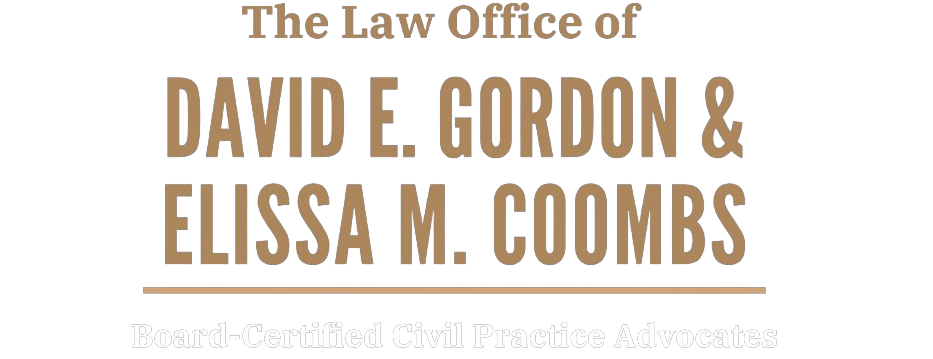Slip and falls can happen anywhere and are commonly seen in shopping malls, grocery stores, and large hardware stores. In addition to the many cases that result from negligence in these businesses, sometimes people get hurt in their apartment complex. For example, a resident might fall into a large hole left unprotected by an apartment complex, or they could leave a stairway or parking lot in disrepair, resulting in injury to a resident or guest.
Regardless of where you are injured, it is a good idea to work with an experienced slip and fall attorney at the Law Office of David E. Gordon who knows where and how to collect evidence after Olive Branch slip and falls.
Types of Evidence
Owners of a business or residence can be held liable for slip and falls when they knew or should have known a hazard existed. Several types of evidence are used to establish responsibility.
Video Evidence
Most businesses have surveillance video that captures all activity inside the building, and sometimes for the exterior. This video should show the creation of the dangerous condition, how long it had existed, and possibly the injury itself.
Unfortunately, most businesses do not keep their surveillance video for long. Typically every 30 days, the video is automatically deleted and starts a new loop, so it is critical a request is made as soon as possible to preserve this video. A letter to the business from an attorney should also state that a video being deleted could be used as evidence against the owner in the event the case goes to court. Sometimes, the owner will provide a copy of the video even before a lawsuit is filed.
Photography
Photographs depicting the injured person on the ground at the time of the injury are important because they can show the location, the hazard that caused the injury, and the degree of danger. Photographs are also the primary source of visual evidence when the business or residence does not have video surveillance.
Incident Reports
When a person gets hurt at a business establishment, they should let management know they fell and may have been hurt, and they should ask that management record this information. The incident report contains a description of the injury by the injured person, as well as the name of the supervisor who is taking the report. The injured person should also ask for a copy of the report. If management will not make a report, it is extremely important to get the name of the employee to whom the injury was reported. Sometimes, the incident report also contains the name, address, and phone number of the witnesses.
In a confidential interview, David can discover not only how the person got hurt but also what the owner or an employee might have said at the time of the injury. Such statements by the owner or an employee at the time of an injury are admissible as evidence in Olive Branch slip and fall cases.
Witness Testimony
Witness testimony can be vital in establishing responsibility of the owner. It is common for an owner to claim they had no knowledge of the danger, but when there is a witness who reported the dangerous condition to management before the accident, this overcomes the owner’s claimed lack of knowledge.
A witness can testify about how a person in Olive Branch was injured in a slip and fall and about things they heard management say at the time of the injury, which can be important to establish responsibility. David can help prove management knew a dangerous condition existed before the slip and fall by taking a statement from a witness.
Talk to an Attorney About Collecting Evidence After a Slip and Fall in Olive Branch
Without evidence in Olive Branch slip and falls, you may not be able to receive the compensation you are due for your medical bills and pain and suffering. David is a board-certified personal injury lawyer who can collect evidence that proves someone else is responsible for your injuries.
Call today to schedule a free, private consultation and get on the road to financial recovery.







